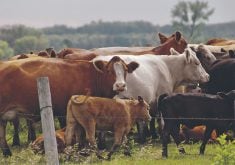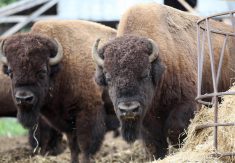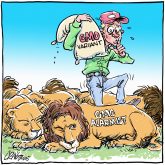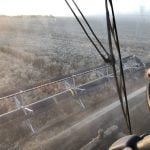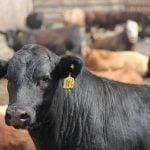Farmers who live north of Saskatoon would have been bemused by the sight.
A charter bus pulled off a highway and emptied its passengers. While some welcomed the stop as a smoke break, others trekked a few hundred feet down a connecting grid road and gazed into the heavens.
A national conference had drawn people from coast to coast, and the west coasters had asked for the opportunity to stop and see stars in the prairie skies.
The conference participants were people who have jobs to educate and create awareness about agriculture.
Read Also
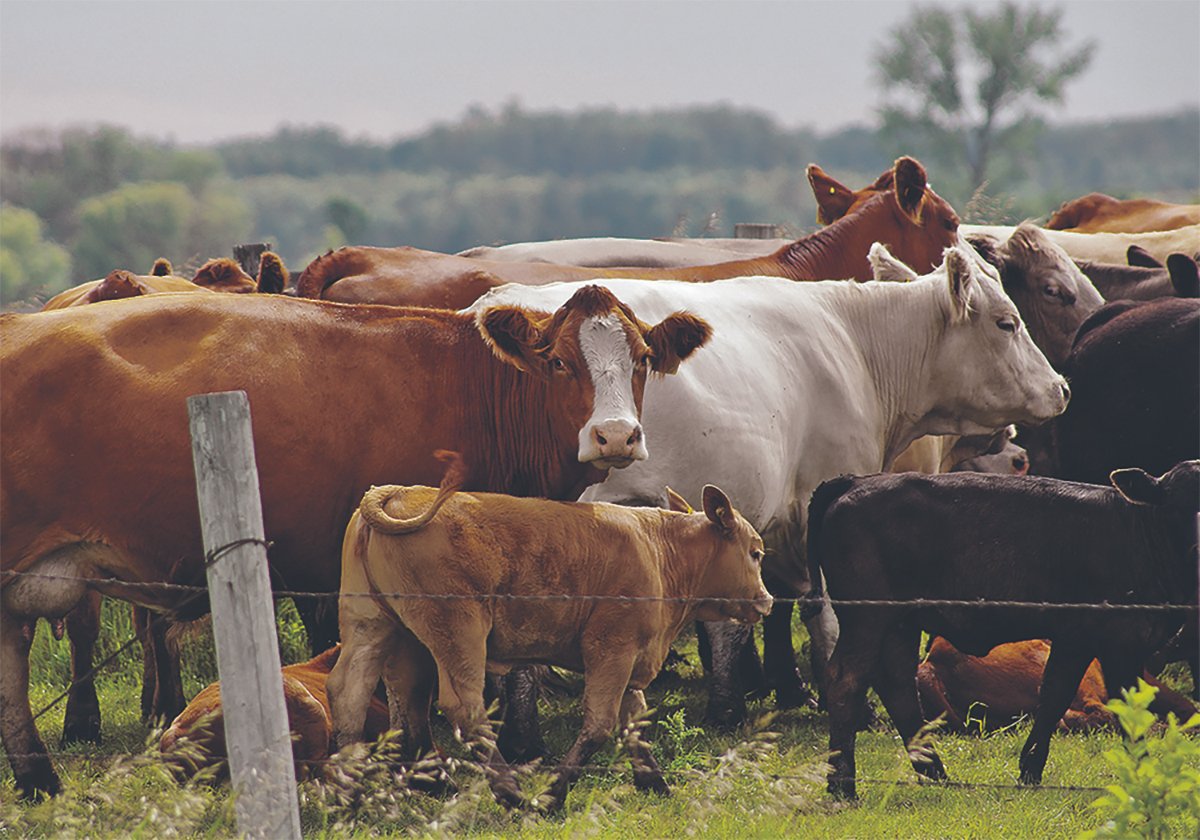
High prices see cow-calf producers rushing to incorporate
Farm accountants are reporting a steady stream of cow-calf producers rushing to get their operations incorporated ahead of selling their calves this fall.
For those of us in a province that proclaims itself the Land of Living Skies, it’s unfathomable that anyone can think of agriculture without thinking of the Big Dipper, the harvest moon and northern lights (if we’re far enough north.)
Western Living recently ran a story about how, after a power outage caused by an earthquake a few years ago in California, city officials received many phone calls about unfamiliar lights in the sky.
People wondered if the earthquake had led to these mysterious lights, perhaps by releasing gases that had escaped from the earth’s fissures.
Conclusion: the phenomenon was the Milky Way. Many people had never seen stars before.
Before people tsk tsk about how residents of British Columbia or California have strayed so far from their rural roots, another anecdote must be shared.
This summer a friend expressed puzzlement when I said I wanted to buy a new rain gauge.
“What’s a rain gauge?” she asked, to my stunned surprise.
I learned that she was the second or perhaps even the third generation of her family to live in urban Saskatchewan and has never possessed or heard of rain gauges.
While amusing, these examples remind us how far some people in cities are removed from their rural roots.


